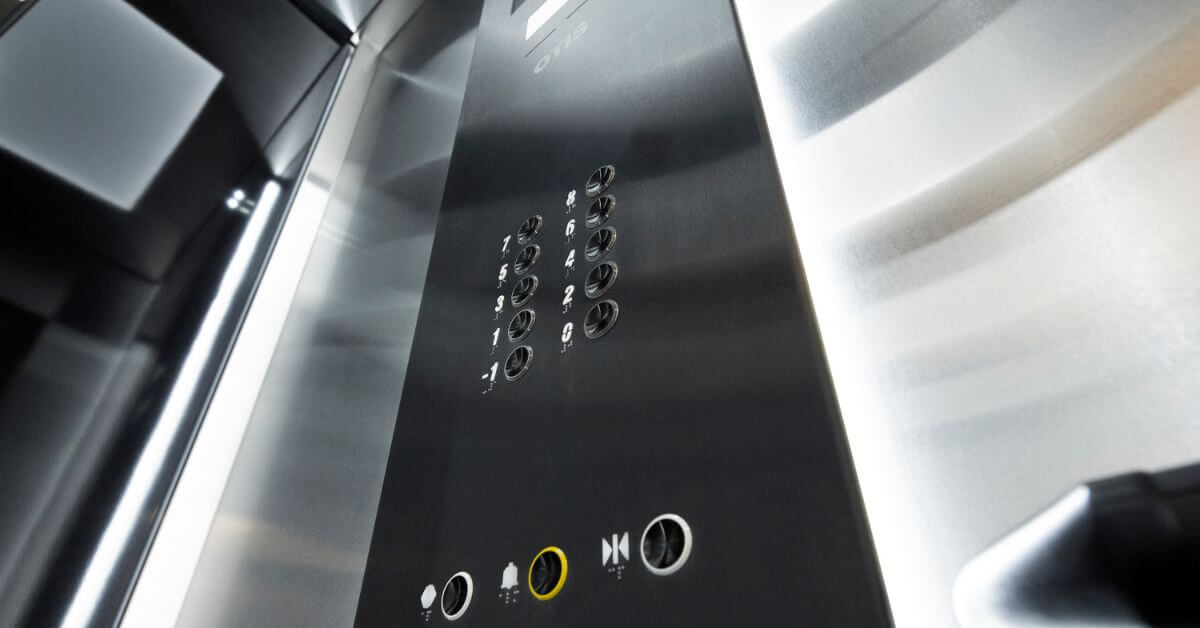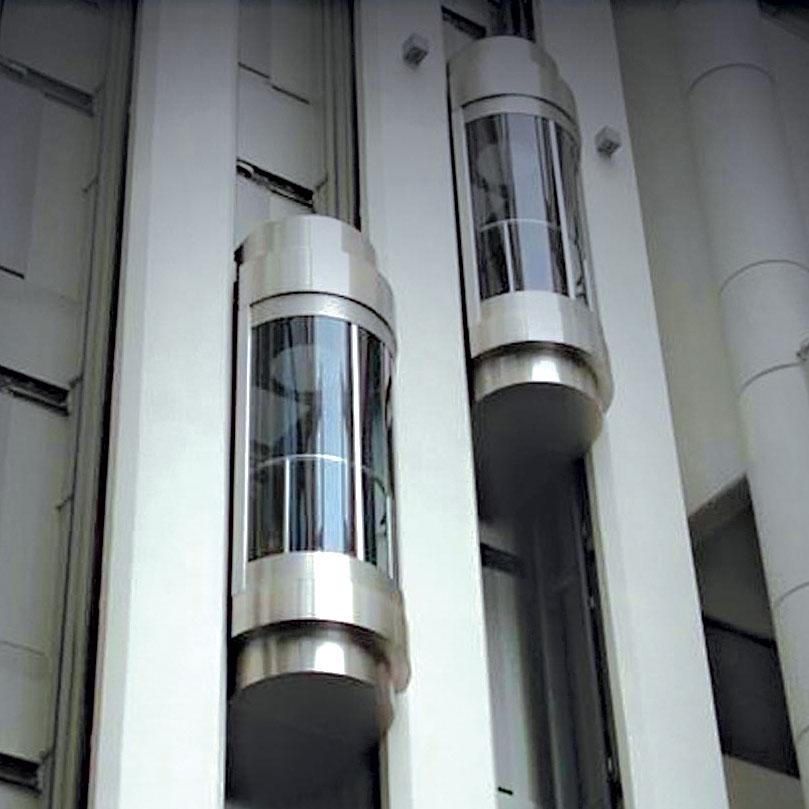Looking Into the Globe of Elevators: Usual Concerns Dealt With by Various Lift Devices
As we navigate via the vertical transport systems of modern-day buildings, lifts stick out as an indispensable part of our lives. However, behind their smooth operation exists a world of detailed mechanisms that can occasionally experience challenges. From hydraulic lifts to grip systems and machine-room-less styles, each lift kind comes with its collection of common concerns. Recognizing these difficulties is critical for making sure the smooth performance of these important systems. Allow's discover the complexities that underlie the procedure of lifts and the potential problems that can emerge, shedding light on the detailed web of lift systems.
Hydraulic Lifts
Hydraulic lifts, frequently favored for low-rise structures, utilize fluid pressure to manage the motion of the lift car (lift repair companies). This mechanism involves a hydraulic pump pressing oil into a cyndrical tube, creating the lift to relocate in the desired direction. While hydraulic elevators are understood for their silent and smooth procedure, they do feature their very own collection of typical concerns
One prevalent trouble with hydraulic lifts is oil leak. Furthermore, issues with the control system, such as defective valves or a malfunctioning pump, can cause disturbances in the lift's motion.
Routine maintenance and punctual repairs are necessary to make sure the smooth functioning of hydraulic elevators. By addressing these usual problems proactively, building proprietors can minimize downtime and make certain the safety and performance of their vertical transportation system.
Grip Lifts
When thinking about upright transport systems in structures, an additional common type besides hydraulic lifts is the traction lift. Grip lifts run making use of a system of ropes and weights that move the elevator automobile by clutching onto the hoist ropes. This device enables for smoother and faster vertical transportation compared to hydraulic systems.
Among the common concerns dealt with by traction lifts is rope wear. The constant motion of the ropes within the grip system can lead to damage with time, possibly causing the elevator to malfunction or come to be hazardous for use. Regular inspections and upkeep of the ropes are necessary to ensure the elevator's correct performance and safety.
Another concern that traction elevators might run into is connected to the control system. Troubles with the control system can lead to issues such as erratic motion, hold-ups in reaction times, or also complete closures. Routine screening and maintenance of the control system are important to avoid such problems and make certain the lift's reliability.
Machine-Room-Less (MRL) Lifts

Among the crucial elements of MRL lifts is the small gearless traction maker that is installed within the hoistway. This equipment effectively drives see the elevator automobile without the need for large equipment discovered in conventional grip elevators. Additionally, MRL lifts normally utilize a weight system to balance the auto, additional enhancing their energy performance.
Regardless of their advantages, MRL lifts may deal with obstacles associated with maintenance and repair service due to the confined area for equipment setup. Accessibility for servicing elements within the shaft can be limited, requiring click here for more specialized training for professionals. Proper maintenance timetables and regular examinations are critical to guarantee the ongoing smooth procedure of MRL lifts.
Overloading and Weight Restriction Issues
Are lifts geared up to deal with excess weight tons effectively and securely? Overwhelming and weight limitation problems are essential problems in elevator procedures. Lift suppliers layout raises with details weight abilities to make certain guest safety and equipment durability. Surpassing these weight limitations can cause different issues, including mechanical failures, delays, and safety and security threats.
When lifts are overwhelmed, it places extreme pressure on the motor, cable televisions, and other components, potentially creating malfunctions or breakdowns. Security mechanisms such as sensing units and overload sensors remain in place to prevent lifts from moving if they detect excess weight. Additionally, going beyond weight limits can bring about boosted power consumption and damage on the elevator system.
To minimize overloading concerns, building supervisors should prominently present weight limits in lifts and educate passengers on the value of sticking to these limitations - lift repair companies. Normal upkeep checks by qualified professionals can likewise aid ensure that lifts are running within safe weight specifications. By attending to overloading and weight restriction problems proactively, structure owners can improve lift safety and security and efficiency
Electrical System Failures
Exceeding weight limitations in lifts can not only result in mechanical concerns yet also possibly contribute to electrical system failures within the lift facilities. Electric system failings are an important concern in elevator procedure, as they can create unexpected website link shutdowns, malfunctions, or perhaps security threats. One usual electrical problem is the getting too hot of parts as a result of excessive current flow brought on by overwhelming the elevator past its ability. This can bring about harm to the control, electrical wiring, or motor systems, leading to expensive repair services and downtime.
Routine upkeep and evaluations are essential to recognize and attend to potential electrical concerns quickly, making certain the efficient and secure procedure of lift systems. By adhering to weight restrictions and conducting routine electric system checks, structure proprietors can reduce the risk of electrical failures in lifts.
Verdict

Hydraulic lifts, typically liked for low-rise structures, use fluid stress to regulate the motion of the elevator auto.When thinking about upright transportation systems in structures, another typical type aside from hydraulic elevators is the grip elevator. Traction lifts operate making use of a system of ropes and counterweights that move the lift vehicle by clutching onto the hoist ropes. Unlike traditional elevators that need a different device area to house the equipment, MRL elevators incorporate many of the components within the shaft, getting rid of the demand for a committed machine space.In verdict, elevators face typical concerns such as hydraulic breakdowns, traction system failings, and electrical system issues.